Last week while I was back in Singapore I took the opportunity to visit the Raffles in Southeast Asia exhibition at the Asian Civilisations Museum. The exhibition coincided with Singapore’s bicentennial celebrations, a “celebration” that has been met with mixed reception because it commemorates the arrival of Raffles to Singapore, and hence the colonial period of Singapore.
The arrival of Raffles has traditionally been the start of beginning of the history of Singapore. This view has softened somewhat, due in no small part to Prof. John Miksic’s work on the archaeology of Singapore. With the discoveries at Fort Canning, school history books now acknowledge the Temasek period. Still, the idea of Raffles as founder of modern Singapore carries an air of preeminence and prestige, and some of the country’s top schools and institutions bear the name of Raffles.
The bicentennary, Raffles, the discourse of (de)colonisation and rejection of the ‘Big Man’ myth of Raffles all come together in this one exhibition. On one level, Singaporeans only learned about the Raffles who came to Singapore in 1819 but never knew the Raffles who was Governor of Java and his role in the rediscovery of Borobudur. Raffles never actually went to the now-Unesco world heritage site, but he commissioned the survey and is now credited for its discovery. This unearned claim to fame would be a recurrent theme in his career.
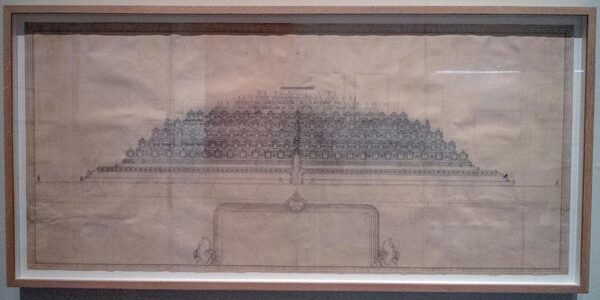
The exhibition, through the lens of Raffles’ seminal History of Java and the items collected by Raffles and his contemporaries show a bias towards ancient Hindu relics but pay little attention to Muslim culture.
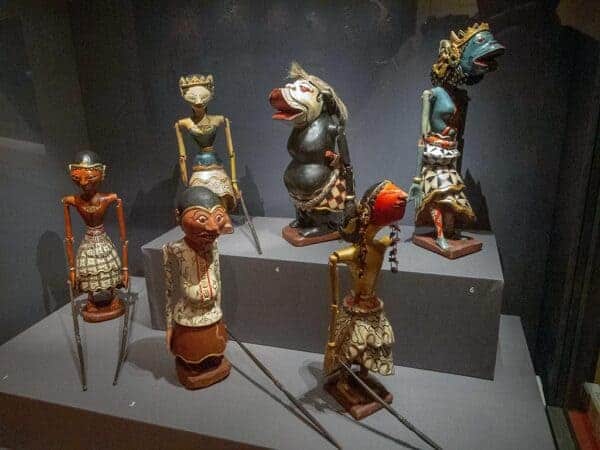
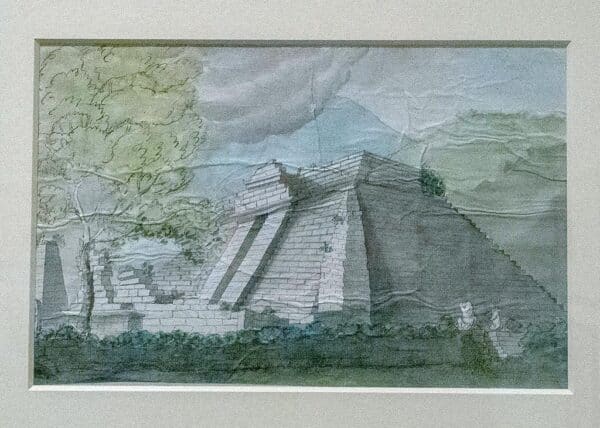
Some of Raffles’ personal flaws also come through, now with 200 years of hindsight and other historical sources to draw upon. This story of the tapir publication is quite telling about Raffles’s conflict with his second, William Farquhar. Farquhar arguably should be credited as the actual founder of the Singapore settlement (having done the actual legwork) but even the named after him was erased in the 1990s, a victim of Singapore’s urban redevelopment. William Farquhar’s legacy was more recently redeemed in Nadia Wright’s book, William Farquhar and Singapore: Stepping out from Raffles’ Shadow
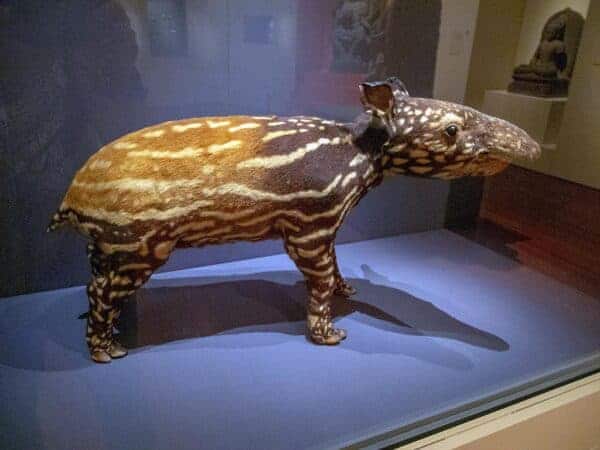
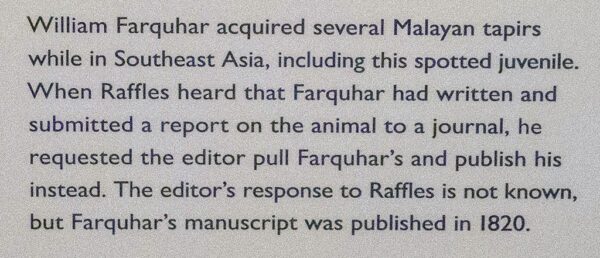

Raffles in Southeast Asia was enjoyable in many layers. For many Singaporeans, it was an eye-opener to the influence of Raffles on the rest of the region and not just the country he ‘founded’. The exhibition can also be seen as a critique to the legacy of colonialism, and how its perspective was selective in many ways.
Raffles in Southeast Asia is on display at the Asian Civilisations Museum until 28 April 2019. Admission fees apply.

























